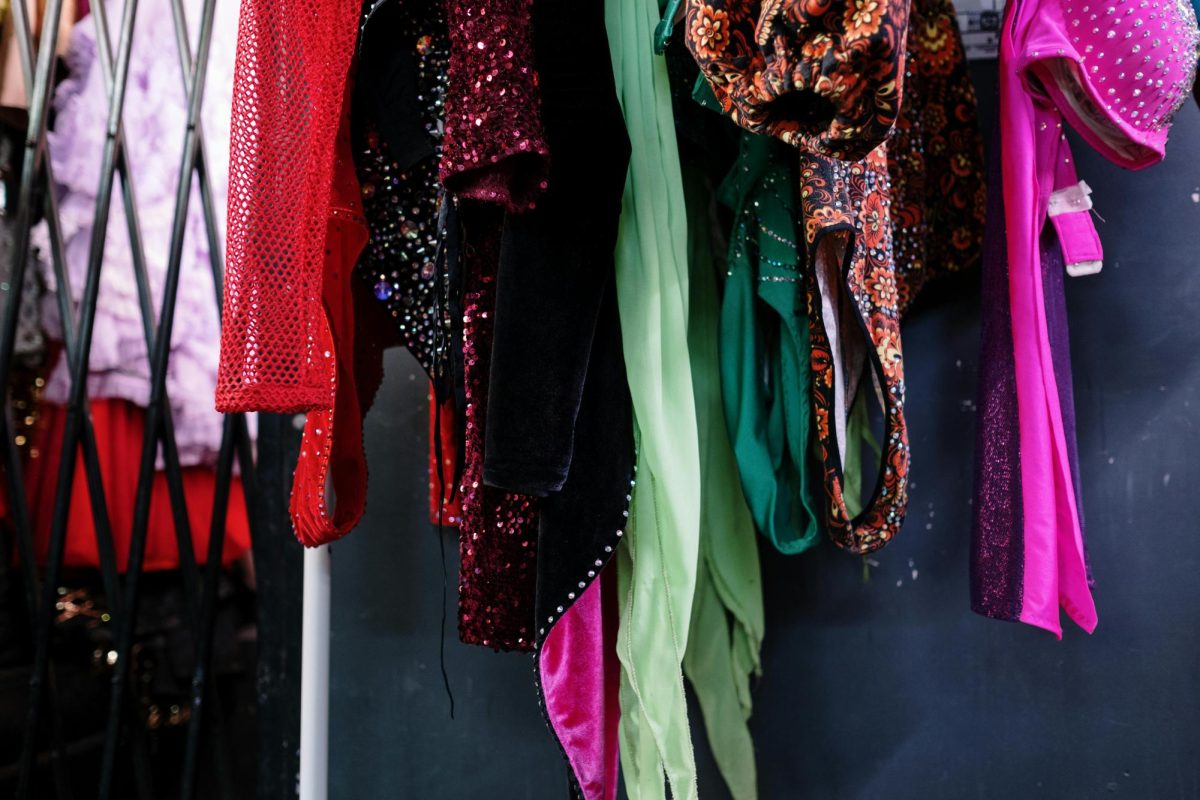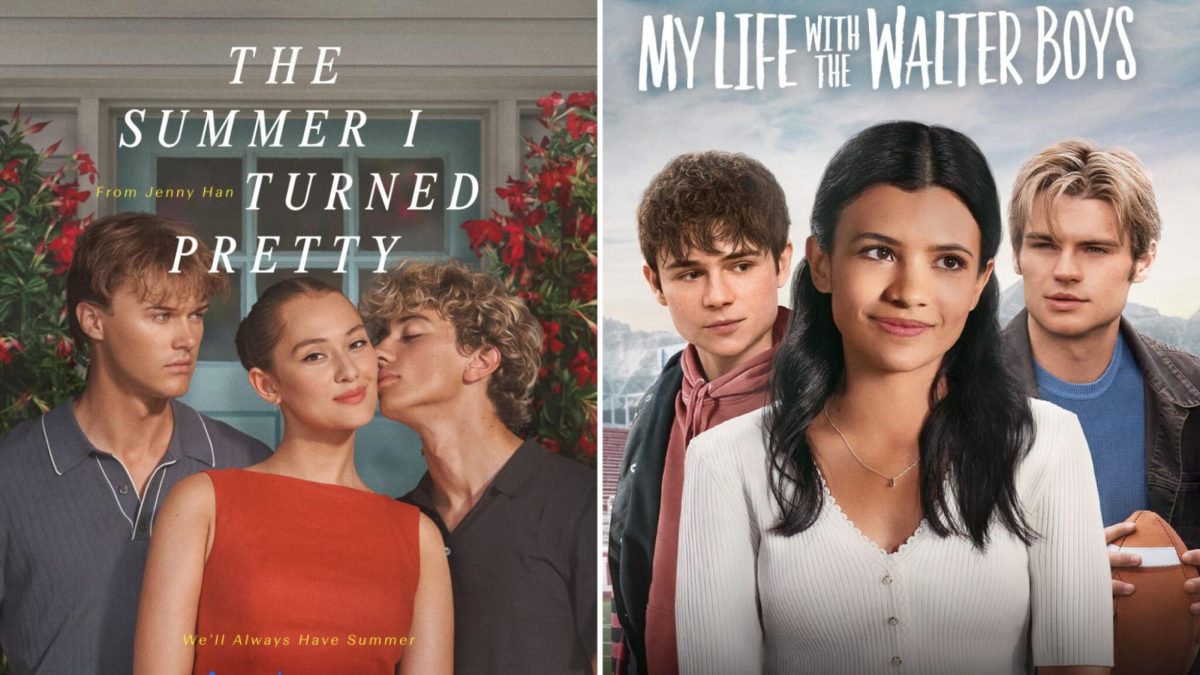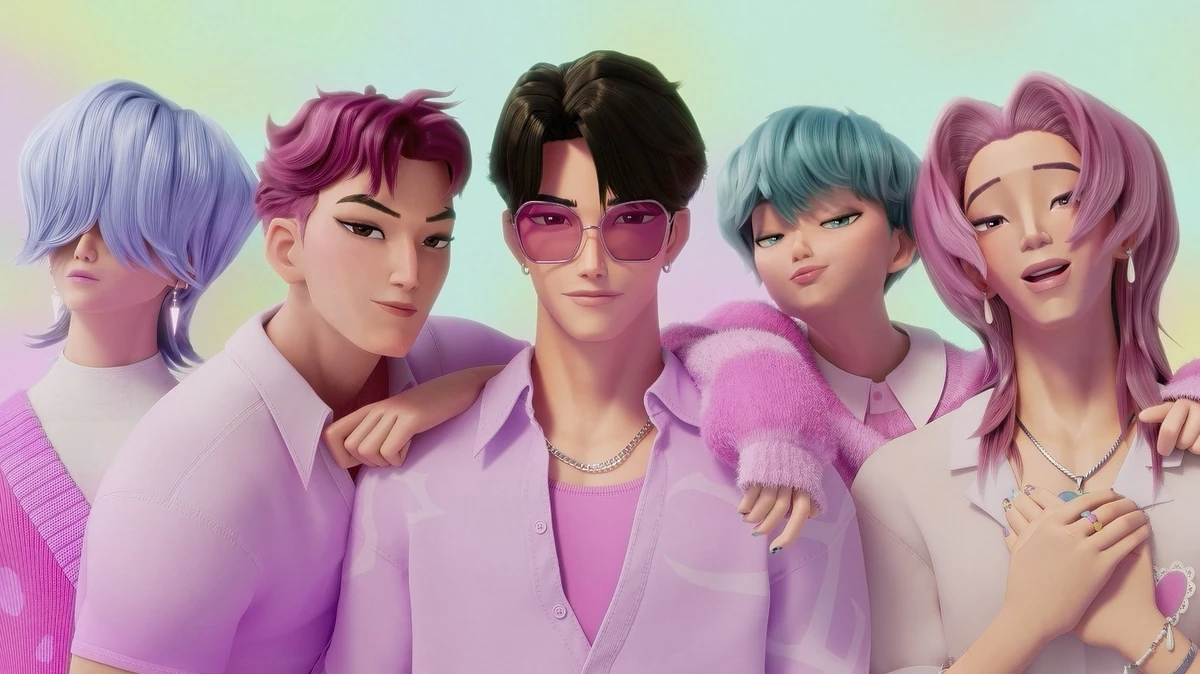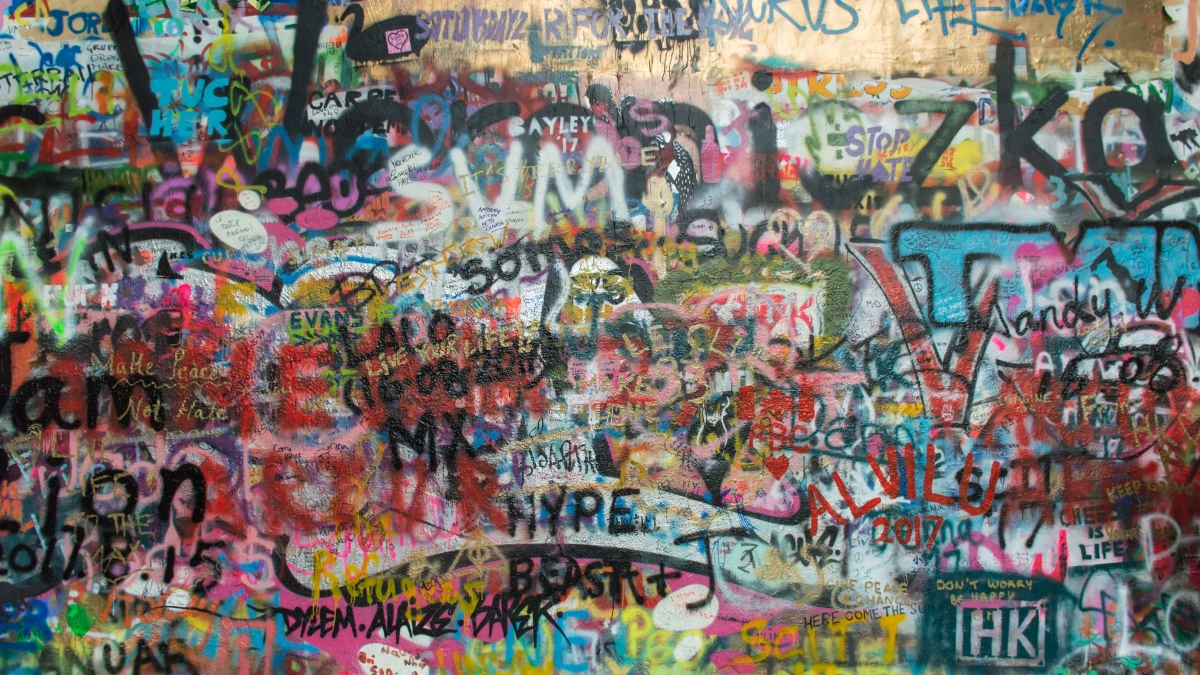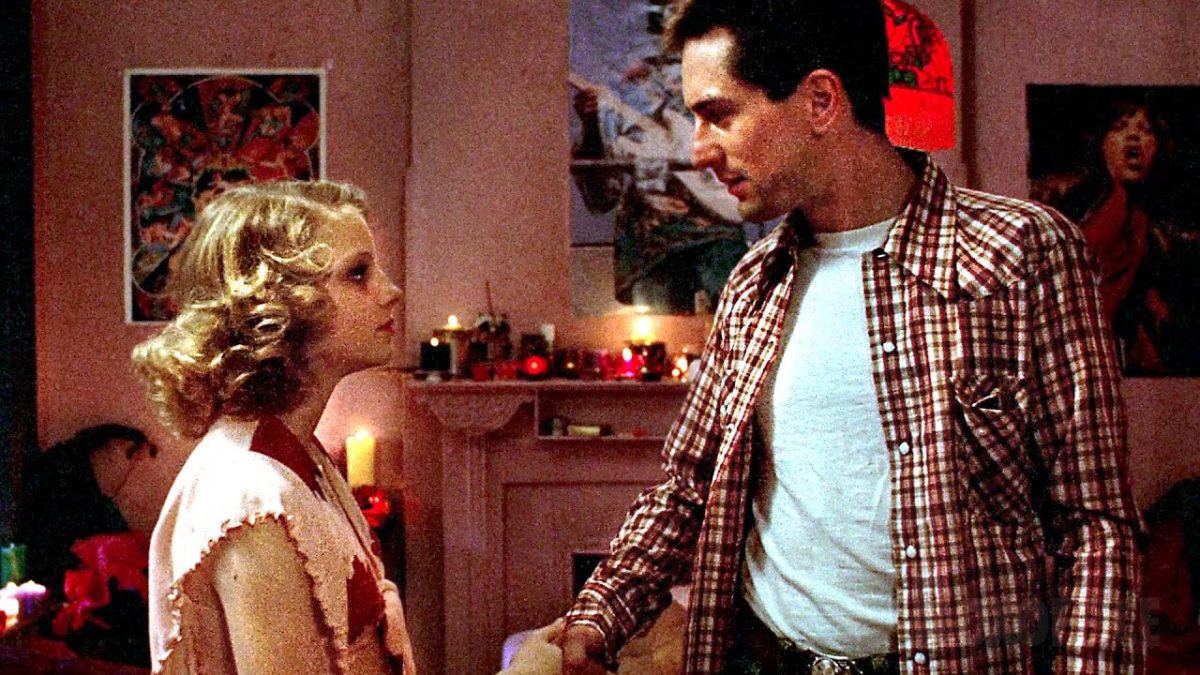The Metropolitan Museum of Art’s Costume Institute hosts the Met Gala each year, prompting celebrities, politicians and socialites to flock to New York City for a night of opulence and high fashion. But does this seemingly innocuous celebration of fashion cross over into an out-of-touch display of luxury?
The museum holds the Met Gala on the first Monday of every May to raise funds for its fashion gallery. The Met Gala began as a dinner party in 1958, back when admission cost only $50. The guest list consisted of New York City elites and prominent figures in fashion. In 1973, the first themed gala was held in honor of the deceased fashion designer Cristobal Balenciaga. The event then gained traction in the late 1970s and 1980s with themed events boasting A-list celebrities and royalty. Things ramped up even further in the 1990s after Anna Wintour, the current editor-in-chief of Vogue magazine, took over. The Met Gala is now the biggest fashion event of the year, featuring a celebrity-filled guest list curated by Wintour herself.
Over time, the growth of the gala has led to a larger guest list in order to accommodate for the unique themes and outlandish looks. Some notable themes of the past include 2016’s “Manus x Machina: Fashion in an Age of Technology,” which features a reflection on the integration of machine made fashion in hand-made pieces, and 2018’s “Heavenly Bodies: Fashion and the Catholic Imagination,” which tells the story between fashion and medieval art. This year’s theme, “Superfine: Tailoring Black Style” was made to commemorate Black men’s style and Black dandyism in particular.
As the looks on the red carpet grow more extravagant each year, social media has likened the looks seen at the Met Gala to trends from the dystopian fiction novel “The Hunger Games.” In the book, the opulent city center, The Capitol, feeds off of and controls its impoverished surrounding districts, while citizens within the bubble of privilege party and feast. The similarities are jarring — while the rest of the world watches on, the nation’s most affluent flaunt their wealth.
Naturally, the contrast between the Met Gala’s extravagance and the everyday struggles of the ordinary person has fueled criticism. Celebrities arrive draped in custom couture, with some looks costing hundreds of thousands of dollars. Meanwhile, elsewhere in the world, protestors fight for awareness regarding issues like wealth disparity and labor exploitation in the fashion industry. Just last year, protestors marched outside the museum’s gates while celebrities ascended the red carpet. In 2019, American rapper Cardi B’s ruby-red dress and matching Swarovski-crystal-adorned monochromatic nails garnered controversy as they became a symbol of the gala’s excessiveness. While many fans were in awe of such a display of fashion, others argued that this was undeniable evidence of the significant gap between the “average Joe” and a celebrity like Cardi B.
The Met Gala’s allure of exclusivity stretches far beyond the sheer amount of money that is put into it. Part of the glamour also comes from the secrecy that shrouds the event once the doors slam shut behind guests. No photography inside the venue is allowed, and guests should keep the itinerary and celebrity sightings private. Despite its attempt to maintain a degree of discretion and rarity, the gala has recently begun inviting content creators and TikTok stars— a move that has not gone unnoticed by social media. It seems like anyone, even those with no interest or knowledge of fashion, could be placed on the guest list.
The mystery surrounding the event has garnered massive attention and, with it, criticism. Apart from the exorbitant price tag and flashy outfits, the gala has had controversial themes. For example, in 2023, the Met Gala commemorated Karl Lagerfeld — fashion designer and creative director of luxury fashion brand Chanel — with the theme “Karl Lagerfeld: A Line of Beauty.” Lagerfeld was notably controversial, notoriously anti-immigrant and made numerous comments about women and their weight.
With all of the controversies surrounding the gala, it is impossible to ignore the staggering cost of attendance. A single ticket sells for a whopping $75,000, more than the average down payment for a house in America. Additionally, although a ticket to enter costs $75,000, paying the fee still doesn’t guarantee one will be able to attend. Anna Wintour must personally approve one’s name before adding it to the guest list. Although the cost seems outlandish, many believe it is warrantable because the event is a fundraiser for the museum’s Costume Institute. Despite this argument, critics counter that the money raised does little in terms of social good and thus cannot be justified.
Yet, despite its reputation for excess, the Met Gala has occasionally been used as a platform for protest. In 2021, member of the United States House of Representatives Alexandria Ocasio-Cortez expressed her opposition by attending the event in a white gown embellished with the bold red words “TAX THE RICH.” Her taking a stand further sparked debate — was it a powerful critique delivered from within the system, or an ironic co-opting of the very elitism she aimed to challenge? Either way, this moment showed that the Met Gala, for all its glitz, was not immune to political statements—and may, in some cases, be a uniquely visible platform for them.
Still, not everyone views the Met Gala’s extravagance as purely frivolous. Supporters argue that behind every lavish ensemble are dozens of artisans, embroiderers, seamstresses and beaders whose rare and detailed craft would likely disappear if not for the high-paying clients who attend the event. The gala also raises millions of dollars for the Costume Institute, helping to preserve fashion history and make fine art more accessible to the public. In that light, celebrating art and supporting artists might be one of the more defensible uses of wealth — even if it is draped in Swarovski crystals.
Whether the event is seen as a celebration of fashion’s artistry or instead an obnoxious display of privilege, the Met Gala continues to spark discussion regarding the role of luxury in society. The event holds a unique position in which culture, celebrity and controversy all intersect at one point. As long as the gala remains a spectacle watched around the world, debate about its purpose, excess and impact will continue to follow.




